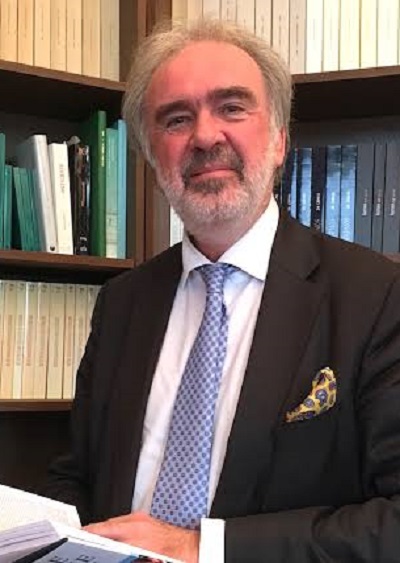
Research from the Laboratory of Cellular and Developmental Biology sheds light on the mechanisms that control the formation of the central nervous system in vertebrates during embryogenesis.
According to the World Health Organization, 240,000 newborns under the age of one year die each year due to embryonic malformations. In addition, fetal structural malformations are the cause of death for 170,000 children aged 1-5 years and the cause of long-term disability for millions of our fellow human beings. Among the most common fetal malformations with an incidence of 0.5-2 per 1,000 pregnancies are central nervous system malformations such as spina bifida and anencephaly. In particular, 400,000 newborns per year have central nervous system malformations, resulting in 88,000 deaths of children under 5 years of age per year and 8.6 million cases of long-term disability.
Central nervous system malformations are multifactorial disorders, resulting from a combination of genetic and environmental interactions. Although the causes of these fetal malformations have recently begun to be understood, two important steps have been taken to prevent and treat them. First, taking folic acid during reproductive age can significantly reduce a woman’s risk of having a baby with central nervous system malformations. Second, recent studies have shown that spina bifida can be treated with intrauterine surgery. Nevertheless, 20 years after mandatory folic acid boosting, rates of neural tube defects remain high. Similarly, even after successful intrauterine surgical repair, patients with neural tube malformations still suffer from a wide range of neurological problems. Thus, despite the advances mentioned above, central nervous system malformations continue to present a significant public health burden.
It is therefore extremely important to understand the mechanisms leading to the formation of the central nervous system in order to develop additional methods for the proper prevention and treatment of central nervous system malformations. The mechanisms underlying the formation of the central nervous system can be revealed using experimental models. These models to date have revealed many genes whose abnormal function causes malformations in central nervous system formation and have provided details of critical cellular and morphological events that contribute to central nervous system formation. In the Laboratory of Cellular and Developmental Biology of the Department of Biological Sciences at the University of Cyprus, frog embryos are used in combination with cutting-edge microscopy to study the cellular and molecular mechanisms that control central nervous system formation during embryogenesis.
A new study recently conducted by postdoctoral researcher Dr. Neophytos Christodoulou and the head of the Laboratory, Professor Paris Skouridis, published in the prestigious journal Development, has characterized in detail the morphogenetic processes leading to the formation of the neural tube, the precursor of the central nervous system. Specifically, the study, entitled “Distinct spatiotemporal contribution of morphogenetic events and mechanical tissue coupling during Xenopus neural tube closure,” demonstrated that different morphogenetic processes are responsible for the formation of the neural tube along the anterior-posterior embryonic axis. In addition, through the experiments conducted, it was revealed that neural tissue is mechanically connected to the epidermis and proper epidermal morphogenesis is a required condition for proper neural tube formation. Overall, the findings of this pioneering study will enrich existing knowledge about the cellular behaviors that lead to central nervous system formation and in the long term will contribute to the development of methods to more effectively prevent central nervous system malformations.
The study was co-funded by the European Regional Development Fund and the Republic of Cyprus through the Research and Innovation Foundation (POST-DOC/0718/0087) and by the European Commission through a Marie Skłodowska-Curie Individual Postdoctoral Fellowship (MSCA-IF) (101038073).
More details in the scientific article here and at the following link: https://doi.org/10.1242/dev.200358







Leave A Comment